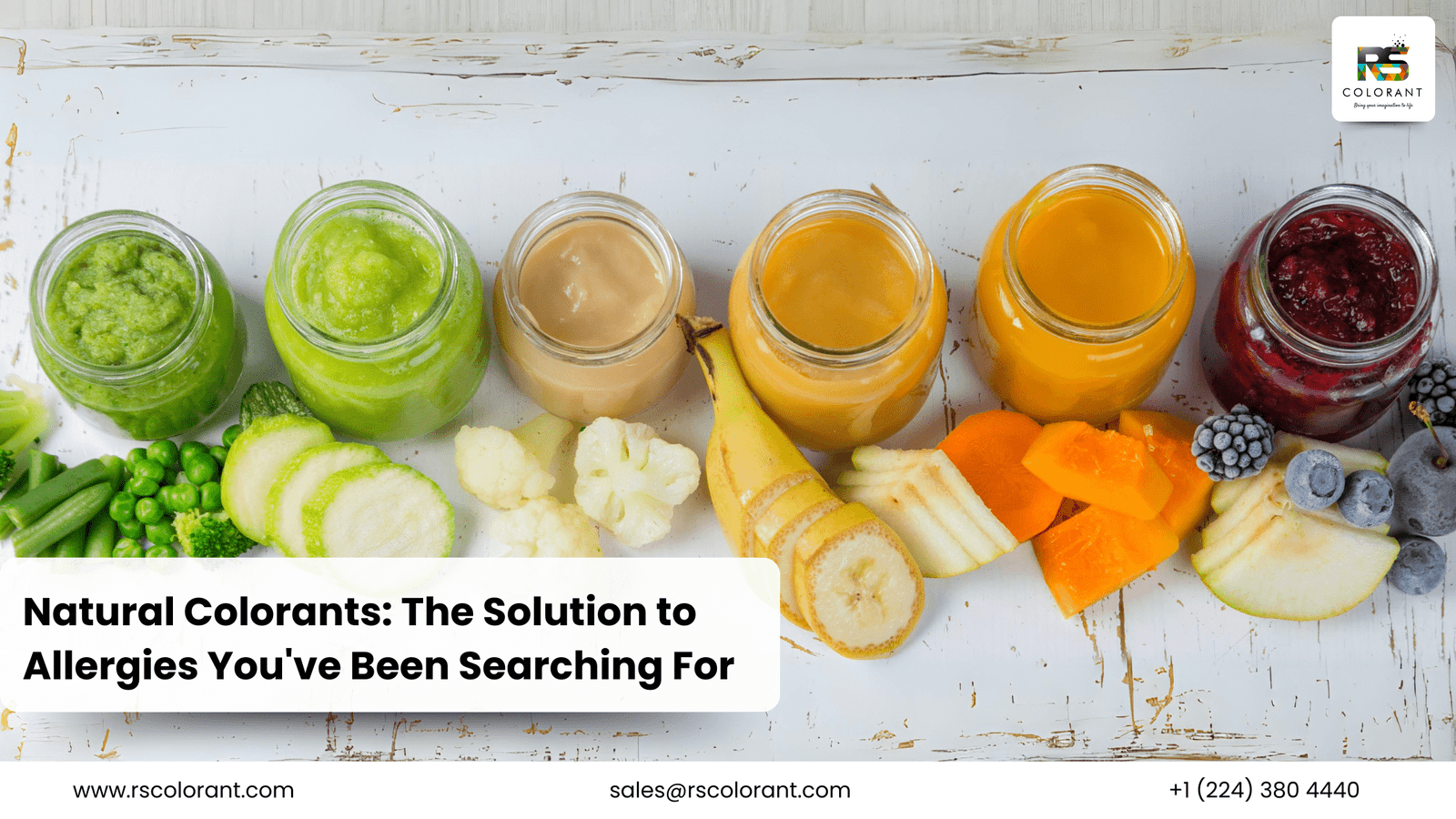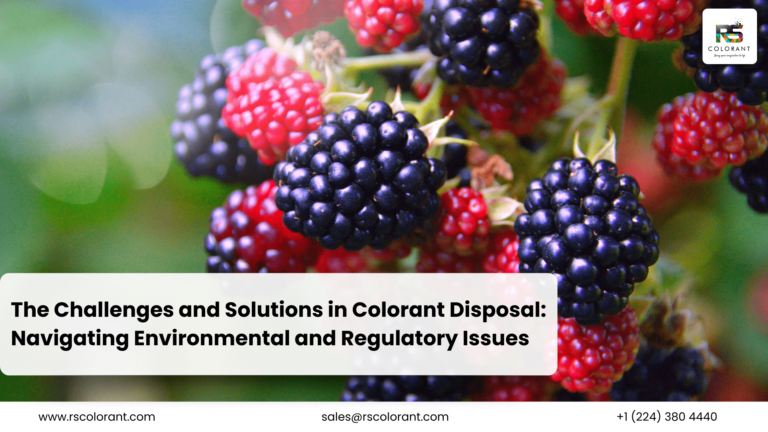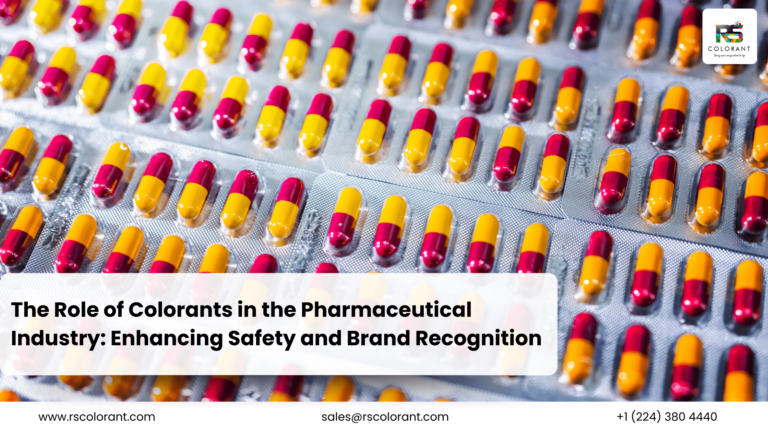Natural Colorants: A Solution to Allergies?
Introduction
Have you noticed how allergies seem to be everywhere these days? It’s like every other person has some kind of allergic reaction to food, cosmetics, or even clothes. This rise in allergies is making us rethink what’s in the products we use daily. One major culprit that’s been under the spotlight is artificial colorants. Could switching to natural colorants be the answer? Let’s dive in and find out.
Understanding Allergies
First things first, what exactly are allergies? In simple terms, allergies are the body’s overreaction to substances that are usually harmless. These substances, known as allergens, can trigger a range of symptoms from mild sneezing and itching to severe anaphylaxis.
Common Symptoms of Allergic Reactions
Allergic reactions can manifest in various ways, including:
- Sneezing and runny nose
- Itchy, watery eyes
- Skin rashes or hives
- Swelling, especially on the face or limbs
- Difficulty breathing
So, how do colorants fit into this picture? Well, certain colorants, particularly artificial ones, can act as allergens, triggering these symptoms in sensitive individuals.
Artificial Colorants
Artificial colorants have been around for a long time. They’re used to make our food look more appealing, our clothes more vibrant, and our makeup more striking. But at what cost?
History and Prevalence in the Food Industry
The use of artificial colorants dates back to the 19th century when synthetic dyes were first introduced. They quickly became popular because they were cheap to produce and provided consistent, vibrant colors. Today, they’re found in everything from candies and sodas to processed foods and cosmetics.
Common Artificial Colorants and Their Uses
Some of the most commonly used artificial colorants include:
- Red 40: Used in snacks, candies, and beverages.
- Yellow 5: Found in cereals, sodas, and sauces.
- Blue 1: Used in ice creams, drinks, and baked goods.
These colorants are everywhere, but they’ve also been linked to various health concerns.
Health Concerns and Controversies
There have been numerous studies and debates about the safety of artificial colorants. Some studies suggest a link between artificial colorants and hyperactivity in children, while others have raised concerns about potential carcinogenic effects. This has led to increased scrutiny and demand for safer alternatives.
Natural Colorants
Enter natural colorants. These are derived from plants, animals, and minerals, offering a more wholesome alternative to synthetic dyes.
Definition and Sources of Natural Colorants
Natural colorants are extracted from natural sources such as fruits, vegetables, herbs, and spices. They not only provide color but often come with added health benefits.
Popular Natural Colorants
Some popular natural colorants include:
- Turmeric: Provides a bright yellow color and has anti-inflammatory properties.
- Beetroot: Offers a deep red color and is rich in antioxidants.
- Spirulina: A blue-green algae used to produce vibrant blue and green hues.
These colorants are not just safer; they also add nutritional value to foods and other products.
The Science Behind Natural Colorants
So, how are these natural colorants made, and why are they considered safer?
How Natural Colorants Are Made
Natural colorants are typically extracted through processes like grinding, drying, and soaking. For instance, turmeric powder is made by boiling and drying the root before grinding it into a fine powder.
Studies Supporting the Safety of Natural Colorants
Numerous studies have shown that natural colorants are generally safer than their synthetic counterparts. For example, a study on beetroot extract found no adverse effects, highlighting its potential as a safe food additive.
Comparison of Chemical Composition: Artificial vs. Natural
Artificial colorants are made from chemicals like coal tar and petroleum, which can be harsh on the body. Natural colorants, on the other hand, are composed of plant and mineral-based compounds, making them more compatible with our body’s natural chemistry.
Case Studies: Natural Colorants Reducing Allergies
There are plenty of stories about people experiencing fewer allergic reactions after switching to natural colorants.
Examples of Individuals Benefiting from Switching to Natural Colorants
Take Sarah, for instance. She used to suffer from frequent rashes and digestive issues. After switching to foods and cosmetics with natural colorants, her symptoms significantly reduced.
Research Findings on Reduced Allergic Reactions
Research supports these anecdotes. Studies have shown that natural colorants are less likely to trigger allergic reactions compared to synthetic dyes. For example, a study found that children with sensitivities to artificial colorants showed fewer symptoms when consuming products with natural alternatives.
Types of Natural Colorants and Their Uses
Natural colorants are versatile and can be used across various industries.
Food Industry
In the food industry, natural colorants are used to enhance the appearance of products without compromising safety.
- Application in Various Foods and Beverages
- Turmeric for golden lattes and curries
- Beetroot for natural red velvet cakes
- Spirulina for vibrant blue smoothies
Cosmetic Industry
Natural colorants are also gaining popularity in cosmetics, offering safer alternatives for skin and hair products.
- Use in Skincare and Makeup Products
- Beetroot in lip balms and blushes
- Henna for hair dyes
- Carrot seed oil for sunscreens and lotions
Textile Industry
Even the textile industry is jumping on the natural colorant bandwagon.
- Eco-friendly Dyeing Processes
- Using plant-based dyes for fabrics
- Reducing the environmental impact of textile production
Challenges with Natural Colorants
Despite their benefits, natural colorants do face some challenges.
Stability and Shelf Life
Natural colorants can be less stable than artificial ones, leading to color fading over time. Researchers are working on methods to improve their stability without compromising safety.
Cost and Availability
Natural colorants can be more expensive to produce and may not be as readily available as synthetic dyes. However, growing consumer demand is driving innovation and increasing availability.
Regulatory Hurdles
The regulatory landscape can also pose challenges, as natural colorants must meet strict safety standards. This can slow down their adoption in some markets.
Future of Natural Colorants
The future looks bright for natural colorants, with ongoing innovations and increasing consumer interest.
Innovations in Extraction and Production
New technologies are making it easier and more cost-effective to extract natural colorants. For example, advancements in fermentation and enzymatic processes are improving yields and reducing costs.
Growing Market Demand and Consumer Preferences
Consumers are becoming more aware of what goes into their products and are increasingly seeking natural alternatives. This shift is driving market growth for natural colorants.
Potential for Widespread Adoption
As technology improves and costs come down, natural colorants are poised to become the norm rather than the exception in various industries.
Conclusion
In summary, natural colorants offer a promising solution to the growing problem of allergies triggered by artificial dyes. They are safer, often healthier, and come with fewer side effects. While challenges remain, the future of natural colorants is bright, with potential for widespread adoption across multiple industries. Switching to natural colorants could be a significant step towards reducing allergic reactions and promoting overall health and well-being.
FAQs
Are natural colorants completely safe?
While natural colorants are generally safer than artificial ones, it’s important to note that not all are completely risk-free. Some individuals may still have sensitivities to specific natural substances. However, the incidence of allergic reactions to natural colorants is significantly lower.
Can natural colorants cause any allergies?
In rare cases, some people might be allergic to certain natural colorants. It’s always best to check product labels and consult with a healthcare provider if you have known sensitivities.
How can I identify natural colorants in products?
Look for labels that mention specific natural ingredients, such as “colored with beet juice” or “contains turmeric.” Products marketed as “all-natural” or “organic” are also more likely to use natural colorants.
What are some common products using natural colorants?
Common products include natural food items like juices and snacks, organic cosmetics such as lip balms and eyeshadows, and eco-friendly textiles like naturally dyed fabrics.
Are natural colorants more expensive than artificial ones?
Yes, natural colorants can be more expensive due to the costs associated with their extraction and production. However, increasing demand and advancements in technology are helping to bring down these costs over time.




